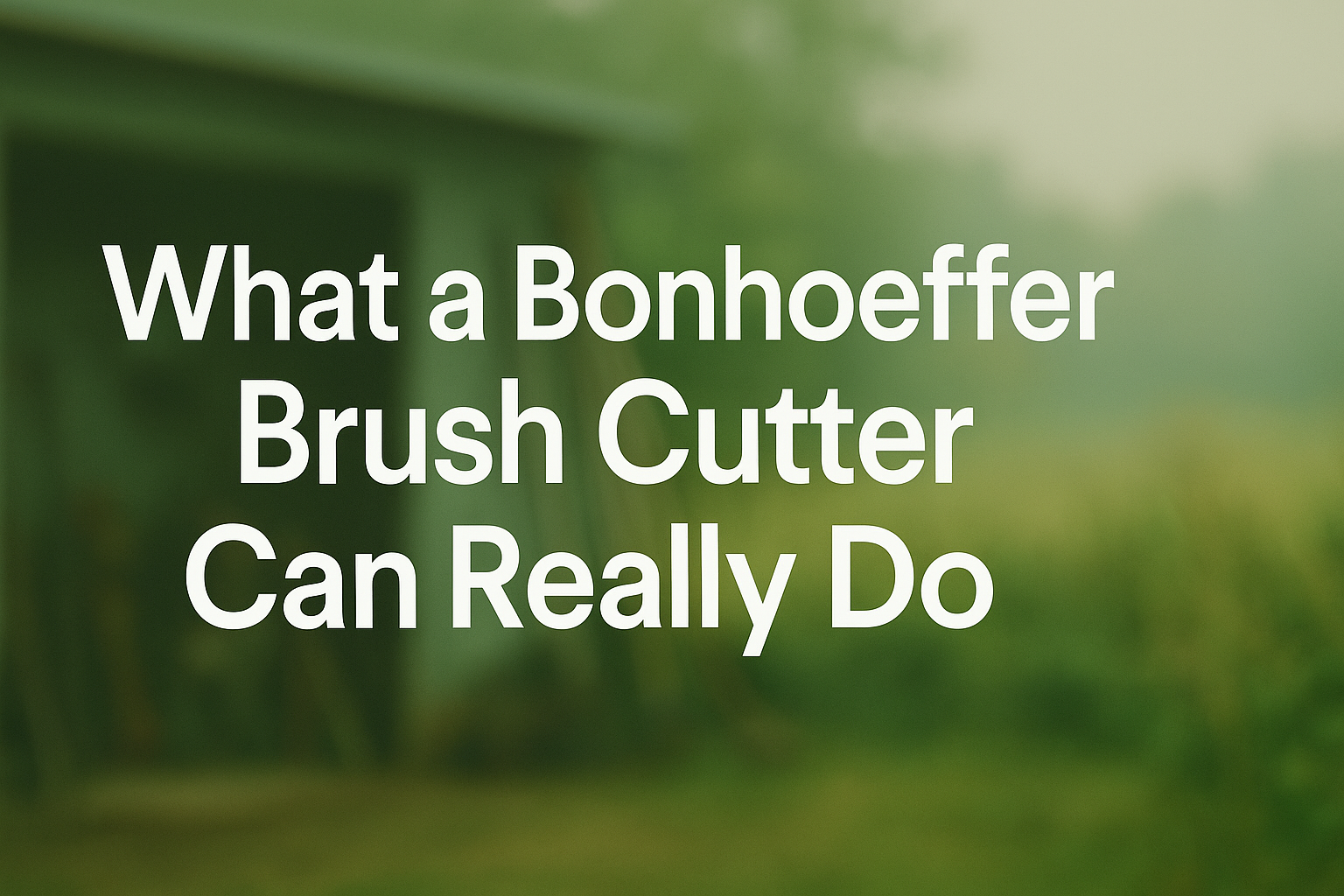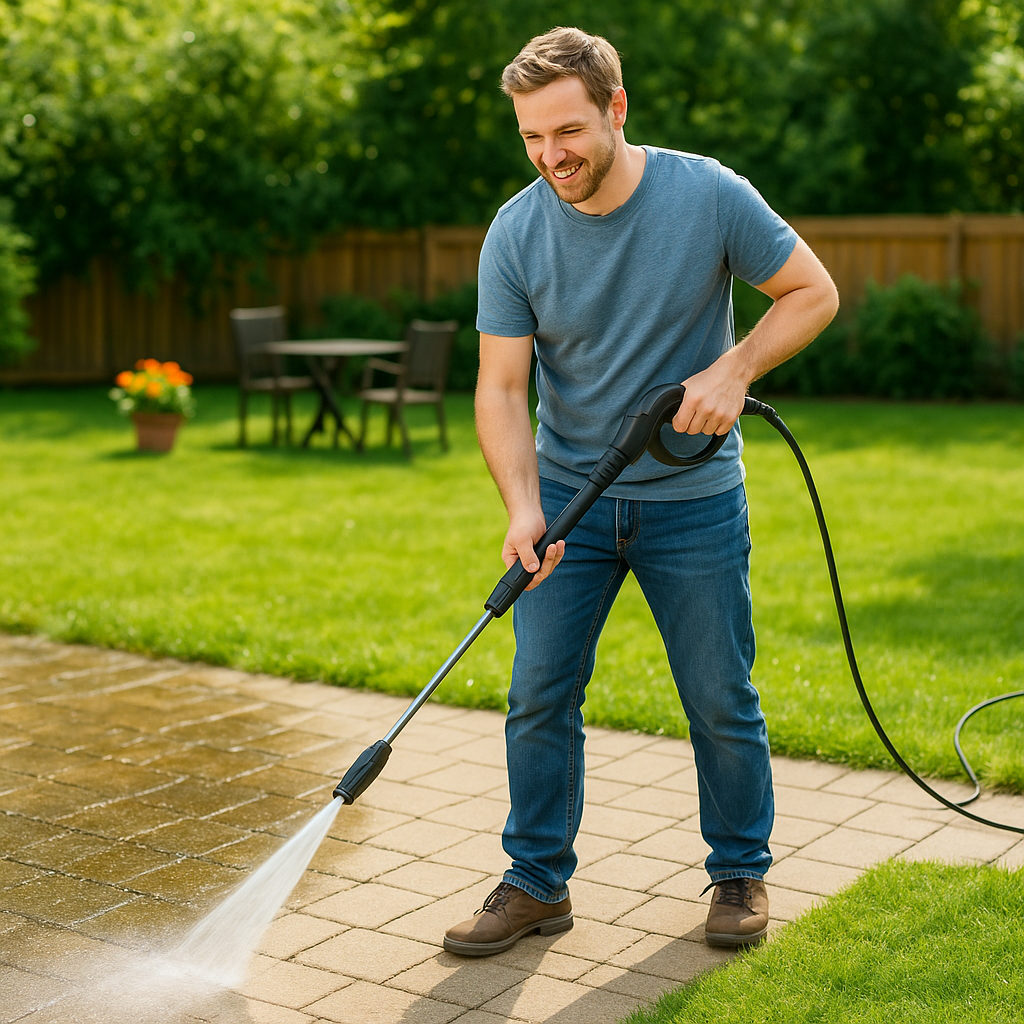
Buying a power weeder or tiller is more than just a purchase—it’s an investment in your land’s productivity and your daily efficiency. Whether you’re a small-scale vegetable farmer or managing larger plots, selecting the right machine can make a world of difference. At Bonhoeffer, we’ve helped hundreds of farmers upgrade their operations, and we know that an informed decision begins with knowing what to look for.
Here are 5 essential things to check before buying a power weeder or tiller, so you can choose wisely and work smarter.
1. Soil Type and Land Size
Not all power weeders and tillers are created equal. Your land’s size and soil type directly influence the kind of machine you need.
- Light soil or small gardens? A mini tiller may be enough.
- Heavy clay or rocky soil? You’ll need a more powerful engine and durable tines.
- Larger farms? Go for a medium to heavy-duty model with a wide tilling width.
Understanding your terrain helps you select a machine that won’t underperform—or get overworked.
2. Engine Capacity and Fuel Type
Engine power is the heart of your machine. Most power weeder or tiller ranges between 3HP to 12HP or more, depending on use.
- Gasoline engines are ideal for small to mid-size tasks and easier to maintain.
- Diesel engines offer more torque and are better for larger or commercial use.
Choose the right engine based on workload and fuel availability in your region. A mismatch can lead to inefficiency and higher maintenance costs.
3. Tilling Depth and Width
The efficiency of your tiller depends on how deep and wide it can work the soil.
- Tilling width affects how much area you can cover in one pass.
- Tilling depth determines how well the soil is prepared for planting.
For vegetable plots or orchards, precision is key—so adjustable settings are a huge advantage. Always check the tilling range in the specs before you buy.
4. Attachments and Versatility
A versatile power tiller or weeder can handle much more than just soil preparation. Look for machines compatible with attachments like:
- Ridgers
- Ploughs
- Seeders
- Water pumps
- Sprayers
This not only increases the machine’s utility but also saves you money in the long run by reducing the need for multiple tools.
5. After-Sales Support and Spare Parts Availability
One of the most overlooked—but critical—factors is after-sales service. No matter how good the machine is, it will need servicing, parts, or support at some point.
- Does the brand have service centers near you?
- Are spare parts easily available?
- Is there a warranty or customer support team?
At Bonhoeffer, we’re proud of our responsive support system and wide network for genuine spare parts, so your downtime is minimized and your productivity stays on track.
Final Thoughts
Buying a power weeder or tiller isn’t just about horsepower or price—it’s about matching the machine to your needs, your land, and your future plans. By checking these five key points, you’ll avoid common pitfalls and ensure long-term satisfaction with your purchase.
While our power tillers are ideal for breaking tough ground, our power weeders keep your crops weed-free all season.
Looking for expert advice or ready to explore Bonhoeffer’s range of high-performance power weeders and tillers? Visit Bonhoeffermachines and let’s cultivate smarter together.







